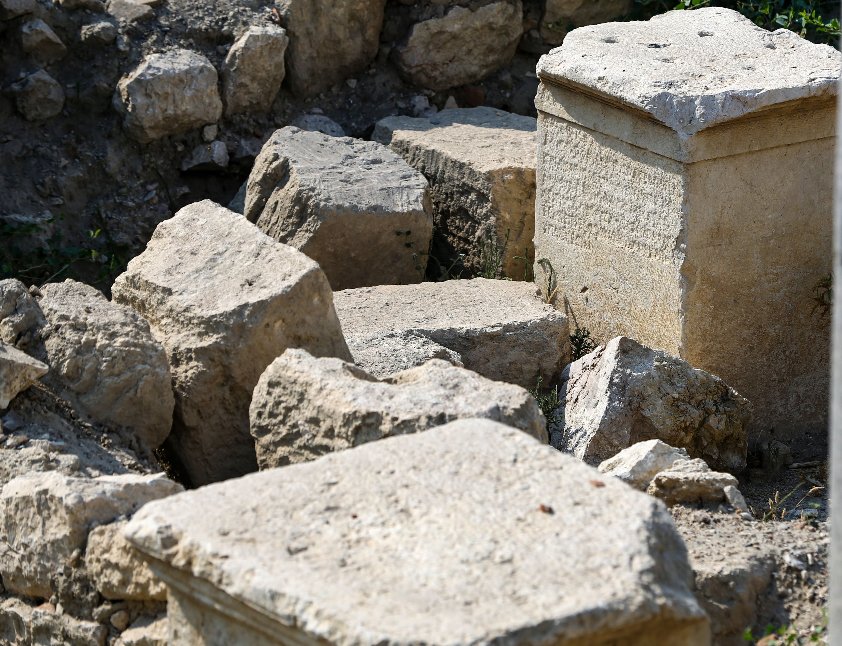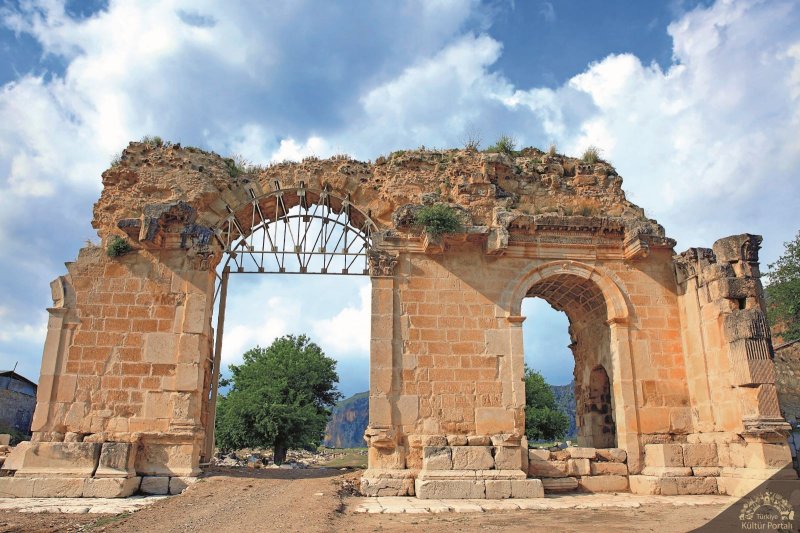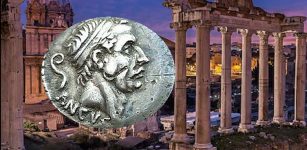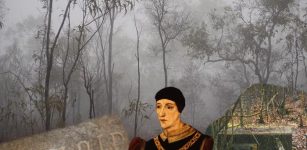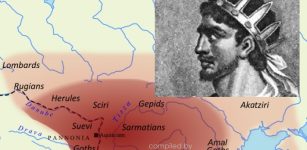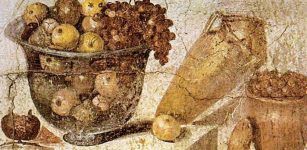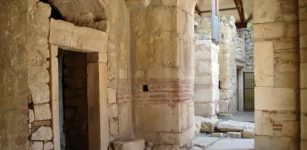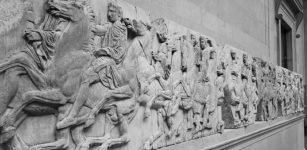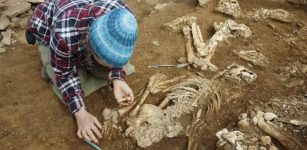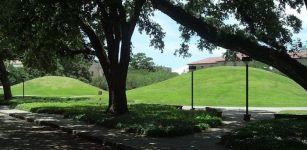Rare Gladiator Tombs Found In Ancient City Of Anavarza In Southern Turkey
Conny Waters - AncientPages.com - Archaeologists discovered gladiator tombs in the ancient city of Anavarza in southern Adana province, Turkey.
 Archaeologists discovered rare gladiator tombs at the ancient city of Anavarza in southern Adana province, Turkey, Aug. 8, 2022. (AA Photo)
Archaeologists discovered rare gladiator tombs at the ancient city of Anavarza in southern Adana province, Turkey, Aug. 8, 2022. (AA Photo)
Anavarza, which made it to UNESCO's Tentative List of World Heritage in 2014, is home to past civilizations. The ancient city's long history records are filled with traces of the ancient Greek, Roman, Byzantium, Sassanid, and Ottoman empires.
Anavarza's history goes back 2100 years and started living in the 2nd century AD with the award of the Roman Emperor Septimius Severus, became an important city in time and gained the title of Cilicia Capital in 408.
Anavarza Antique City - on the UNESCO World Heritage Tentative List since 2014 - is one of Turkey's major historical sites, dating back to the second century BC. The city's ruins are surrounded by 20 bastions and a 1500-meter-long wall with four entrances. Excavations that began in 2013 uncovered the first known colonnaded double-lane road of the ancient world, 34 meters wide and 2700 meters long. Archeologists also found the ruins of a church and a bathhouse.
Photo credit: AA
he city's original name was Arnazarbus (in Persian: 'Invincible'). The Romans later altered this name to Caesarea ad Arnazarbus in honor of Ceasar Augustus. Over time the name evolved to its present form of Anavarza.
Daily Sabah writes that the excavation team, which includes 24 staff, 30 scientists, and two archaeologists led by Dr. Fatih Gülşen from Çukurova University, has been carrying out excavations at the site near the amphitheater and the theater sections during this season of excavations.
The discovery of gladiators' tombs was in the southern part of the excavation site and close to the amphitheater's ruins. Therefore, the team believes the gladiators fought here.
"We know that they organized not only gladiator fights but also water sports, games, and festivals here," Gülşen said. He also noted that the amphitheater at Anavarza is one of the four such examples in Anatolia.
The archaeologists hope to unearth the bones of gladiators and a necropolis in their excavations and shed more light on the history of the ancient site.
The ancient city of Anavarza is not only rich in historical records but also archaeological finds.
The 2017 excavations in the Anavarza Antique City revealed a statue of the Greek goddess Hygieia and the god Eros. The limestone sculpture, which is believed to date back to the third or fourth century BC, was found broken into two parts and missing a head.
Anavarza Ruins - Adana. Image credit: TR Ministry of Culture and Tourism
Hygieia was the goddess/personification of health (in Greek, Hygieia), cleanliness, and hygiene. She was one of the six daughters of Asclepius, the god of health.
"The famous pharmacologist Dioskurides, who worked in the army during the Roman period and who attracted attention with the medicines he made, lived in Anavarza," Nedim Dervisoglu, Director of the Adana Museum, told Dogan News Agency.
"In this sense, we can call Anavarza the city where medicine and pharmacology developed," said Dervisoglu.
The city also features the world's first and oldest street, a 2,700-meter-long and 34-meter-wide road decorated with 1.5-meter-high columns. The road is among the broadest and largest columned streets of the ancient world.
The walls surrounding the Anavarza ruins are 1,500 meters long, and one of the entrance gates is designed as a triumphal arch. This arch dates to the 3rd century.
At the same time, we must not forget the Anavarza castle that sits on top of a central hill. It rises on a 200-meter-high hill overlooking the plain.
Written by Conny Waters - AncientPages.com Staff Writer

